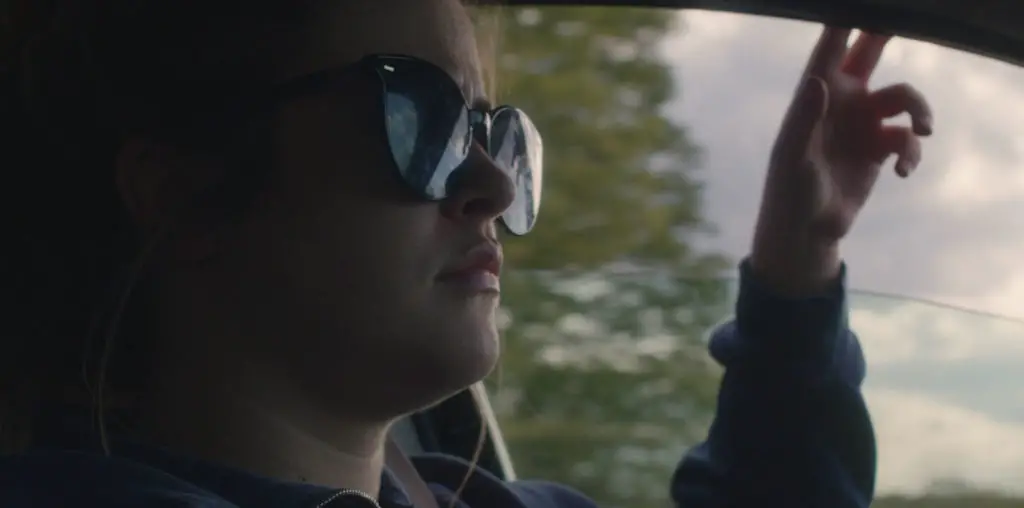
”Pain is what I want…”
I was able to see the early print of Anthony Spadaccini’s “Head Case” last year before most other people, and it was a significant departure from his typical mold of film making. The director has been keen on developing strong socially conscious semi-documentary dramas about homosexuality and the undercurrent of prejudice and homophobia in America with well-deserved acclaim, and it was interesting to see him stray from that routine into a hardcore horror flick.
After watching the original cut the first time, I thought it was good, but it needed a definite cosmetic trim. The early cut was longer than it needed to be, the scenarios were far-fetched and middling, and it needed a healthy explanation of events. This new cut is just what the doctor needed, and Spadaccini makes some considerable improvements along the way, even if some of the flaws from the previous cut are still here.
“Head Case” is an entry into the found footage fad attempting to twist the typical formula by featuring two of the most unsuspecting folks on film who happen to be vicious psychopathic killers with a fetish for taping their victims and mutilating their corpses for show. Anyone looking to get on their high horses should avoid this at all costs, since this is simply just a torture film, but it’s admittedly fascinating in its premise since Spadaccini casts average looking actors to portray the Montgomery’s, wholesome parents with children by day who happen to be sadistic, voyeuristic murderers by night.
In spite of the need by the director to grab as much cringe-inducing gore as possible, the style on which he films is bleak, and gives the movie a startling gloss that posits the footage to seem very genuine. “Head Case” is a series of scenarios that shows the apparent sexual thrill these murders give them, shedding light on an apparent suppression normality and monotony wreaks on these individuals. Spadaccini is more prone to pointing the camera on husband Wayne (played with sly charm by Paul McCloskey) who treats his victims like game to a hunter, and lashes out like a child when he goes through a long period without the sadistic activities.
Spadaccini wisely trims the movie by twenty minutes, and cuts many scenes mercifully short. The Thanksgiving scene is trimmed considerably, as is the inevitable tedious confrontation in the climax, and there are much more moments of carnage conveying the lengths of their madness. The moment where their daughter walks in on one of their murders is still rather disturbing to sit through and her fate is emphasized well.
The caveats are still present though, even with the director’s attention to them. Why is Todd so banal about his sister missing? Why are Wayne and Andrea hardly ever questioned about their daughter’s disappearance? Why does no one draw attention to Wayne’s camera at all? And why are strangers so submissive to Wayne and Andrea’s orders? On the same level, Spadaccini still never quite focuses enough on the familial aspect of Wayne and Andrea to convince us that they’re leading double lives, and the inevitable fate of Monica has little impact, because of the under development of her character.
Nevertheless, “Head Case” is a very effective and strong effort from Spadaccini and the hefty trim makes the movie much more accessible and entertaining.
